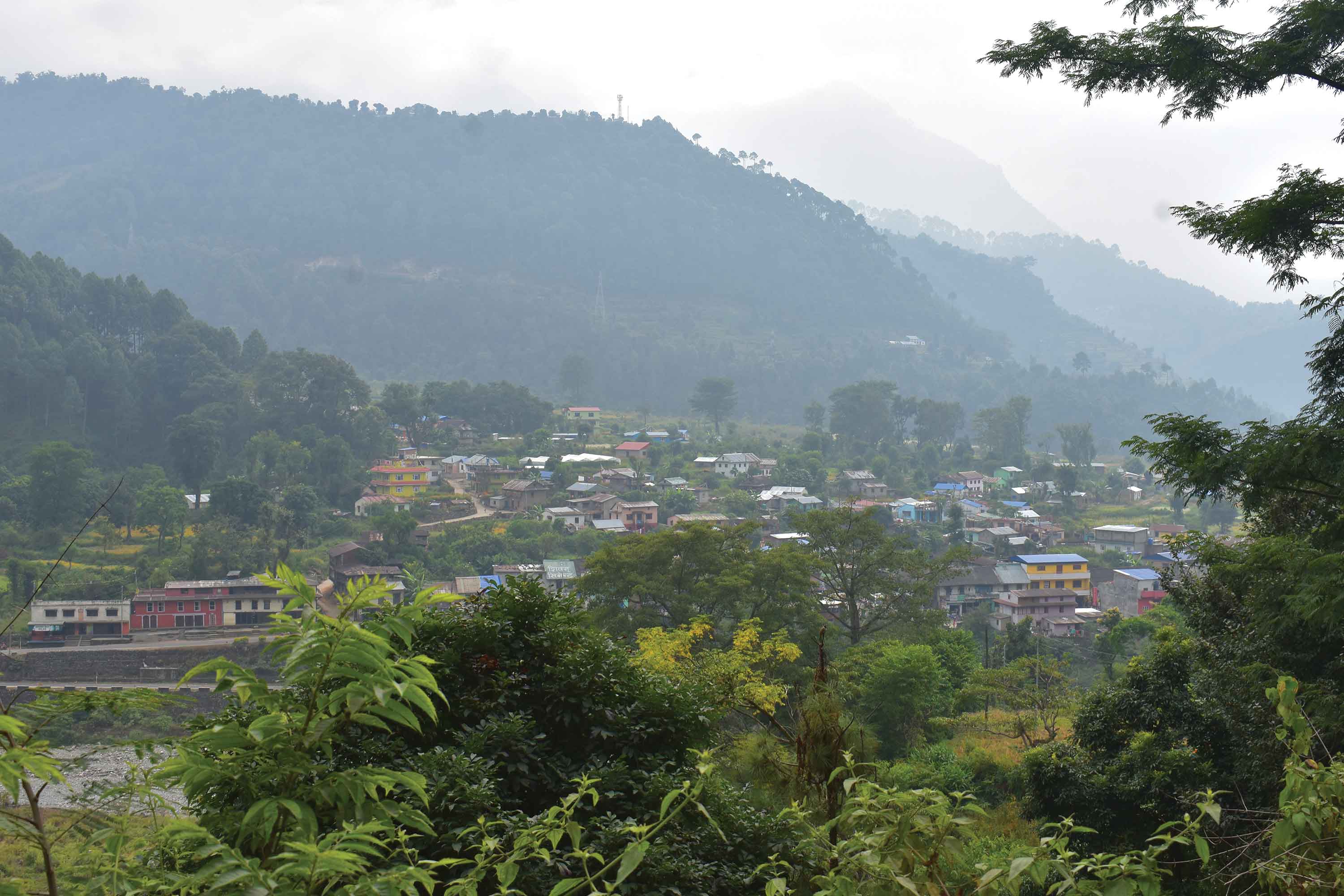
Time flies; the time keepers merely keep still themselves:they record the history of the places from where the time has taken flight. Even the most static of all the time-keepers have a different kind of allure, charm and magnetism about them. And if you observe closely enough, they each have a different story to tell. Sometimes it may even feel that they have a separate existence from the time they keep—think London and the picture of the famous timekeeper the Big Ben promptly comes to mind. Back home here in Nepal, surviving the neglected lanes of history resides a timekeeper, not as famous as its English counterpart, but still as much part of the history of the land as any other relic the Valley dwellers see as something to be proud of: Ghantaghar. It still stands and ticks away proudly. As the only public clock in the Valley, it stands as the true testimonial of modern Nepal.
Built as a result of western influences in Nepali architecture during the Rana period, the clock tower started ticking in 1894, during the reign of Rana premier Bir Shumsher who had commissioned and entrusted the construction to engineers Kumar and Kishor Narasingh Rana, both trained in the art of clock design from Japan. It is said that the clock was imported from England.
Ghantaghar once housed the Library set up by Bir Shumsher Rana in 1900. The library was known as Bir Library and later moved to where the National Archives is today.
At the time the clock tower's grandeur was paralleled only by the Big Ben, with its tower reaching towards the sky at 100ft high and with five magnificent storeys. But that grandeur was to last for only a short span of time. The great earthquake of 1934 brought the most of the structure to the ground and reduced the once magnificent edifice to rubble. The earthquake rendered devastating damage to the whole structure; the monument was broken in three pieces. The Ghantaghar remained in that ruined state until it was restored and given back its dignity. Since then it has remained unchanged till today.
The clock tower was restored to its current form during the period of another Rana premier Juddha Shumsher JBR. The premier had engineer Suryajung Thapa reconstruct the Ghantaghar who then also restored the timepiece. After its reconstruction, it has also braved the massive earthquake of 1988.
Is time really running out for the ancient timekeeper?
The Ghantaghar was commissioned at a time when the people of the Valley had to chart the movement of the sun across the heavens to tell the time. Now with the advancement of technology that practice has been rendered redundant. We now use sophisticated timepieces to keep track of time. Tied on our wrists, the modern timepieces are now able to do more than just register time; it tells us even the days of the month, and with sophisticated and intricate timepieces going further and even telling the wearer the phases of the moon. If modern technology hasn’t totally stripped off the importance of Ghantaghar, it has certainly reduced its significance.









